How Luka Dončić’s Shocking Month-Long Basketball Break Transformed Him Into the Fittest Player We’ve Ever Seen
THE HARDEST PART of Luka Dončić’s 2025 offseason program came at the start. He had just finished the most challenging season of his pro career, in which he was sidelined by a calf injury, then traded from the Dallas Mavericks to the Los Angeles Lakers in a shocking deal that reshaped the NBA’s future. Rumors swirled that the Mavericks front office was hesitant to invest in the 26-year-old long-term, due to their perceived issues with his work ethic and conditioning.
Once the Lakers were eliminated from the NBA playoffs, Dončić was eager to train, both to level-up for his first full year as a Laker and to change the narrative around his physicality. His training team had a radical idea to do just that. Shortly after a run of tests in May revealed that he was fully healthy, Dončić’s physiotherapist Javier Barrio told him to quit playing basketball for a full month. “Just to avoid the basketball court for one month in this offseason,” Barrio says. “We let them put the ball away. We just were doing some other kinds of things.”
The goal: For the first time in years, Dončić would let his body recover completely from the constant pounding of basketball. The summer before, in 2024, Luka had found little time to breathe. Since the Mavs had made the NBA Finals, he’d played into mid-June. Then, just weeks later, he suited up for the Slovenian national team in an Olympic qualifying tournament, eventually losing to Greece in the semis.
This summer, Team Luka’s had three full months to rebuild Dončić. So they dared to eliminate court time—and he disagreed at first. But he quickly filled the time with a weights routine that helped him build total-body strength. And he eventually found a distraction playing pickleball and padel (think: pickleball meets squash), sometimes against friends, sometimes with Barrio and trainer Anze Maček.
The entire approach should serve as a reminder to all athletes: Sometimes, the best way to improve at your favorite sport isn’t simply to play and train only in that sandbox. By playing with other sports (or, if you’re a hardcore gymgoer, other training modalities), you fill in blanks in your training, while also giving your body a break from the movements you rely on in our given sport (or training style). Backing off flag football for a few weeks of running in the summer, for example, could lead to major cardiovascular gains that let you crush later into your football game. Experimenting with yoga after years of powerlifting, meanwhile, can help you access larger ranges of motion and more spinal awareness when you go back to deadlifting.
For Dončić, the new games were a blast from his childhood past, long before he fell in love with basketball. They challenged new muscles, relieving his knees, thanks to fewer vertical jumps, while strengthening adductors, glutes, and ankles with footwork. “At the beginning, it was hard,” he says. “I can’t be without basketball. But when I was a little kid, I played a lot of sports.” He channeled that era—and maintained his competitive fire. “There were a lot of angry moments, too, when we would lose,” he says. “But I didn’t lose much.”
Mostly, Dončić gave both body and mind time off. And the mental deload can’t be underestimated either. Young basketball athletes, especially in 2025, often play year-round, never giving themselves a break from the game. By pulling back from basketball, Luka also let himself rest from that.
This summer, Dončić stayed hungry for hoops. By early June, Team Luka finally let Dončić hit the court, in what was supposed to be a 45-minute shootaround. Dončić nailed his first shot and worked out for an hour (before Barrio convinced him to rest). He immediately texted Seager three smiley faces. “I think that this summer, he sees the difference,” says Barrio, “and he’s really happy.”
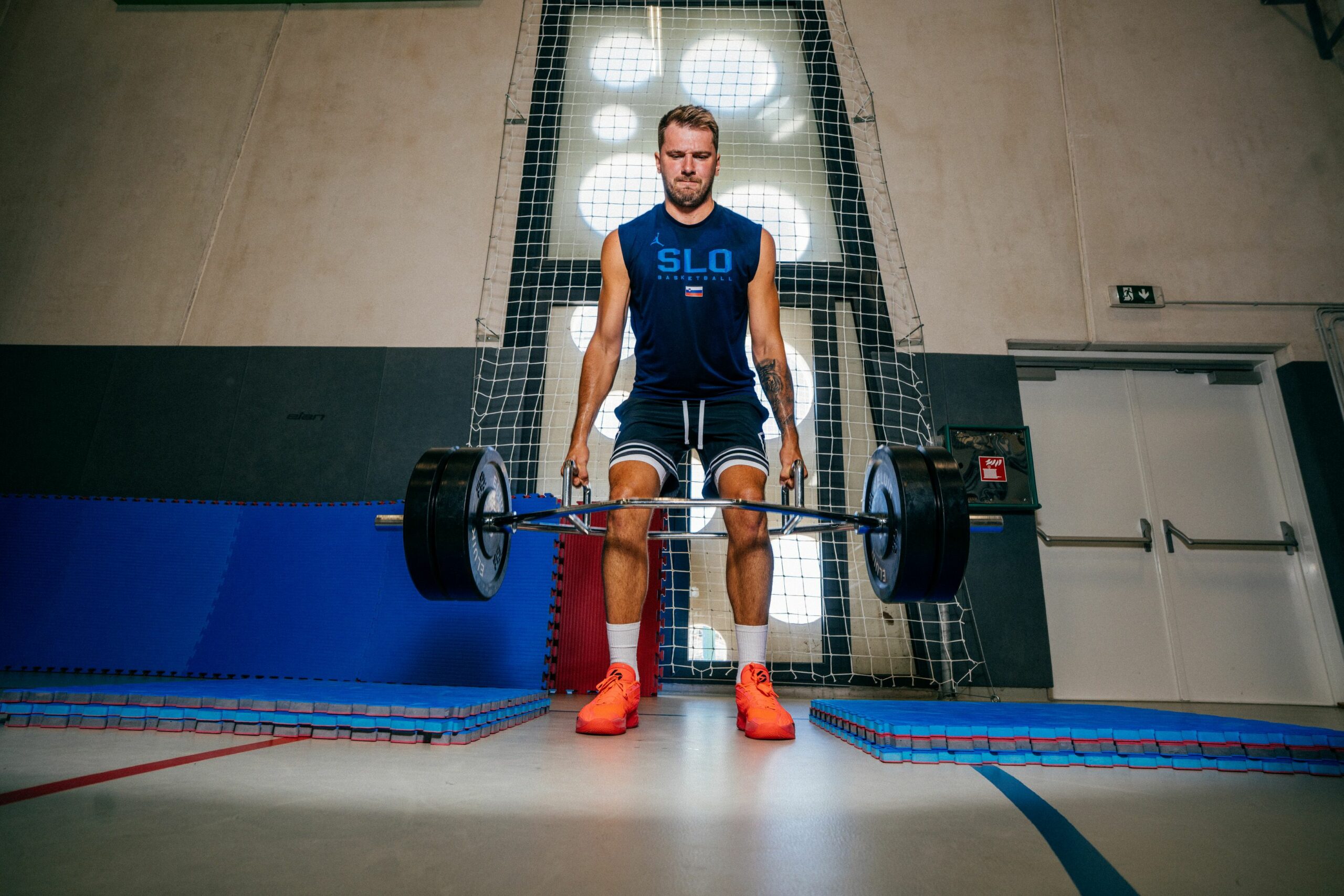
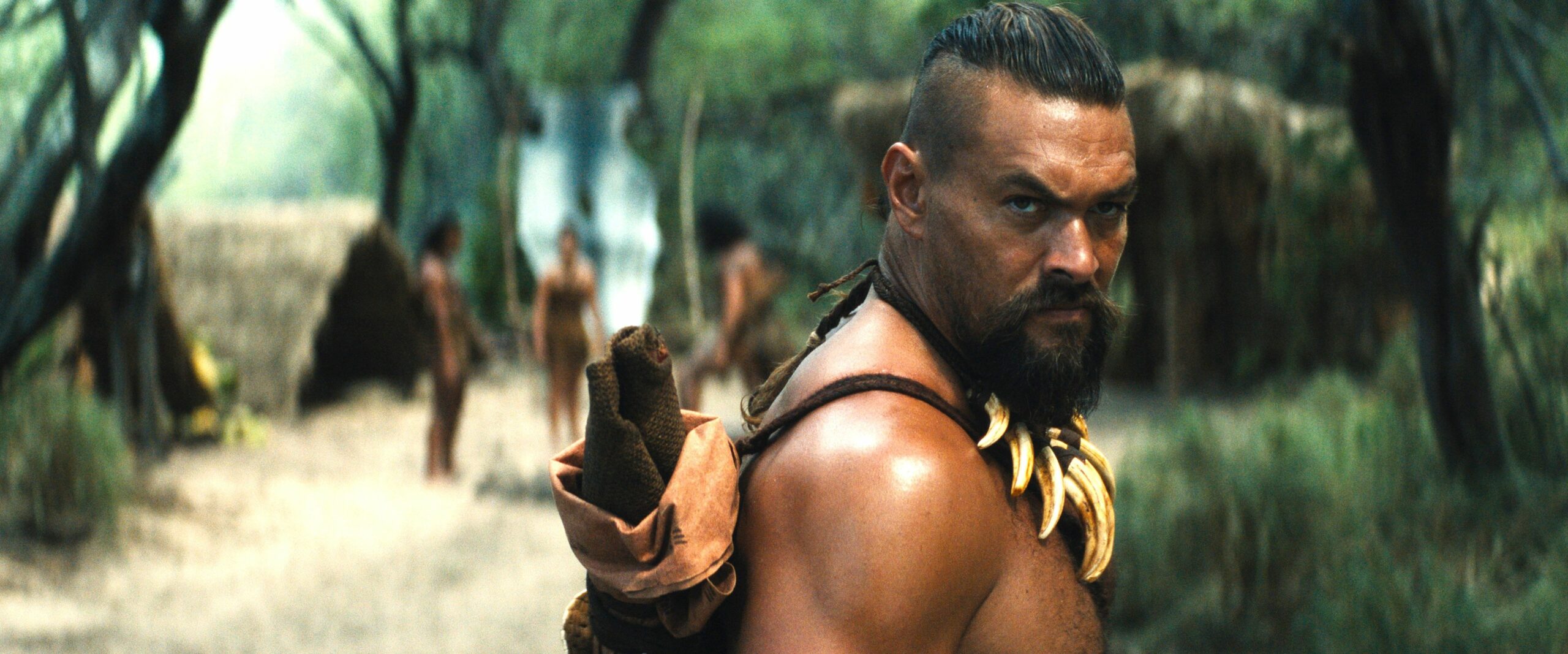
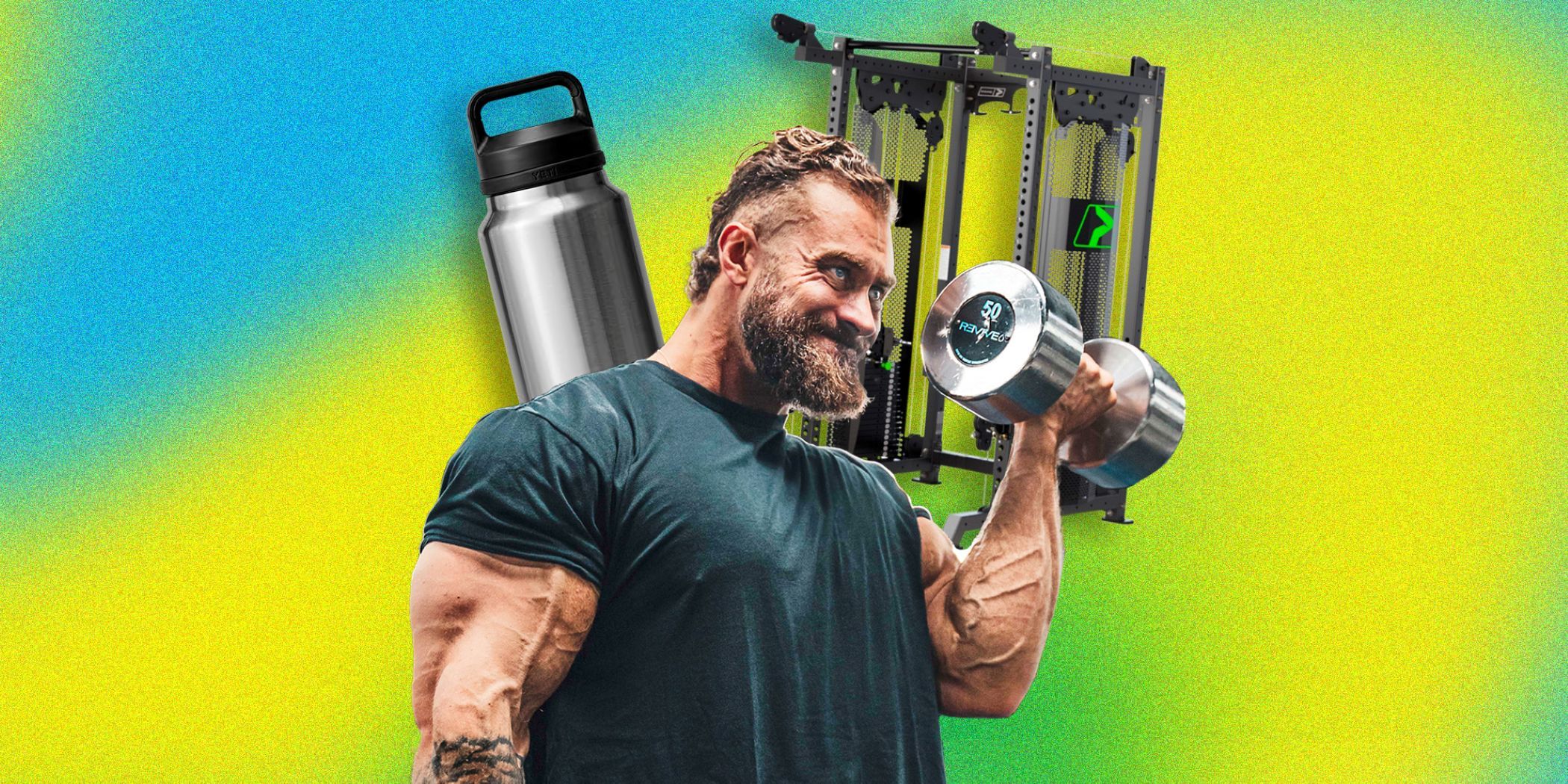
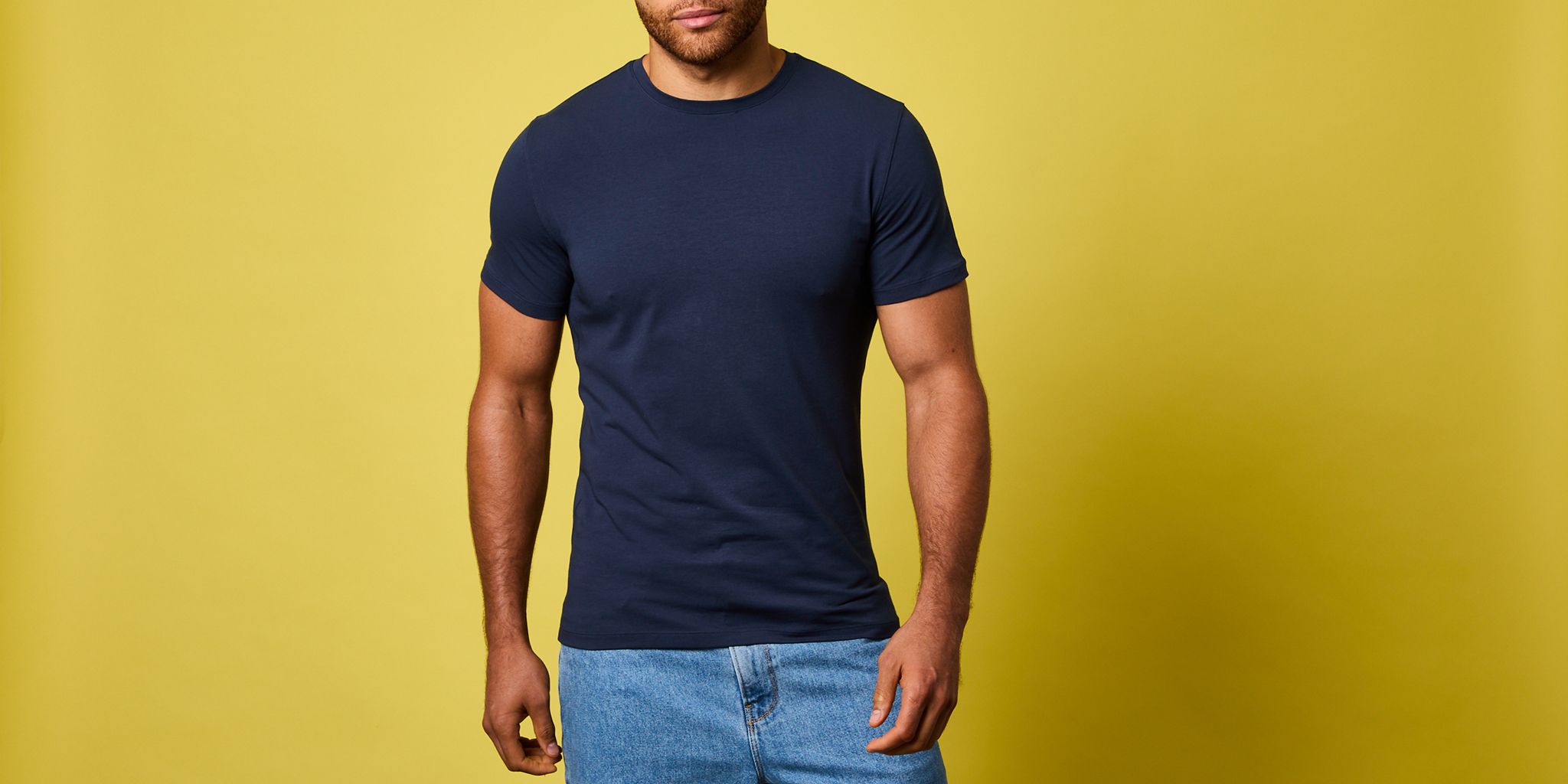
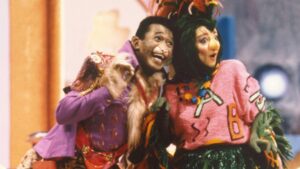





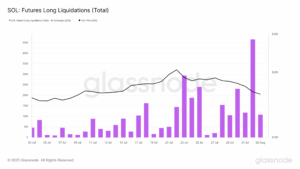


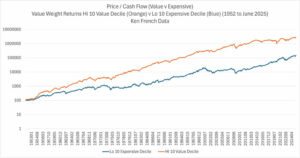
Post Comment